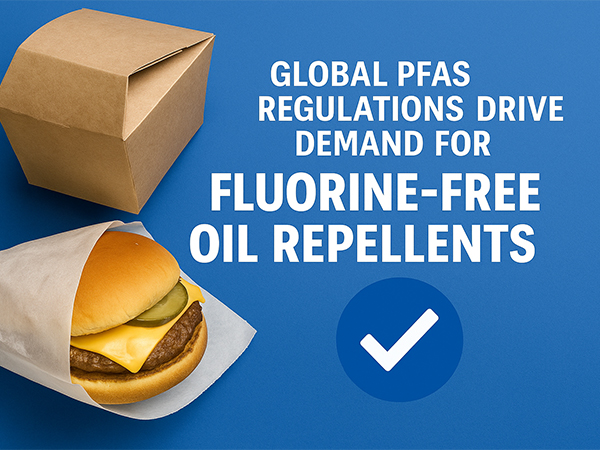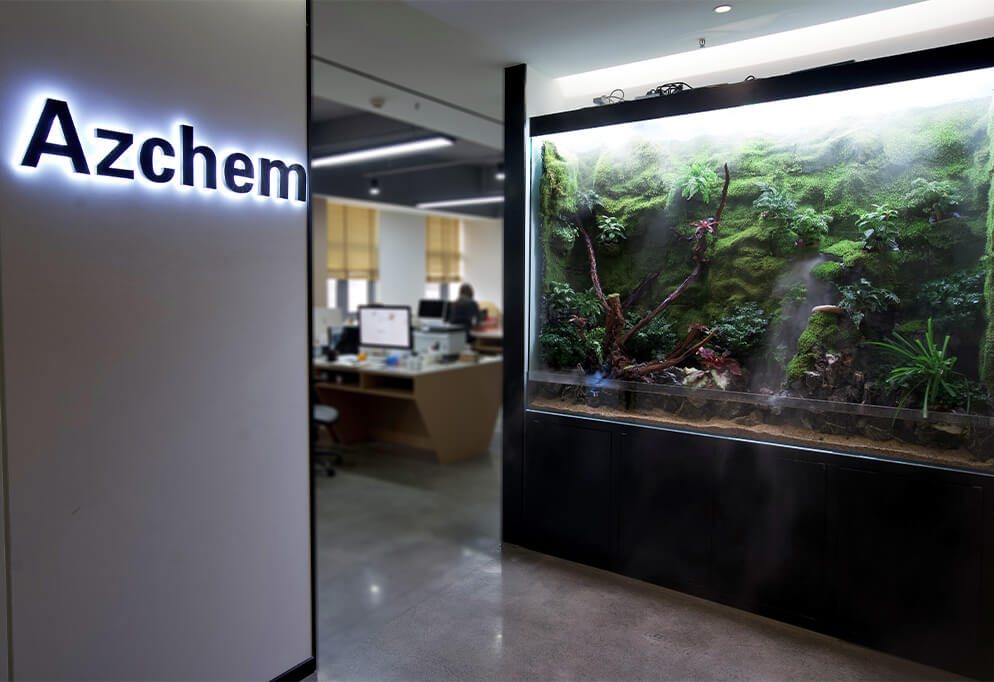News
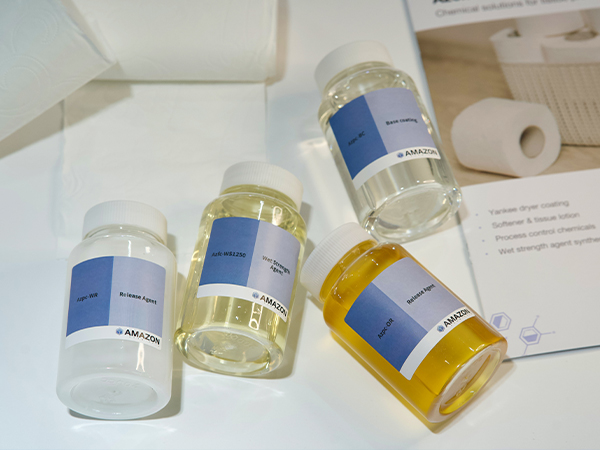
02/09/2025
Introduction: The Role of Paper Chemicals in Modern Papermaking
In today’s competitive paper industry,...

01/09/2025
Introduction: Why AKD Pricing Matters
Alkyl Ketene Dimer (AKD) is one of the most widely used...

01/09/2025
Strong demand for Alkyl Ketene Dimer in paper and packaging will drive prices in 2025. Companies seeking...
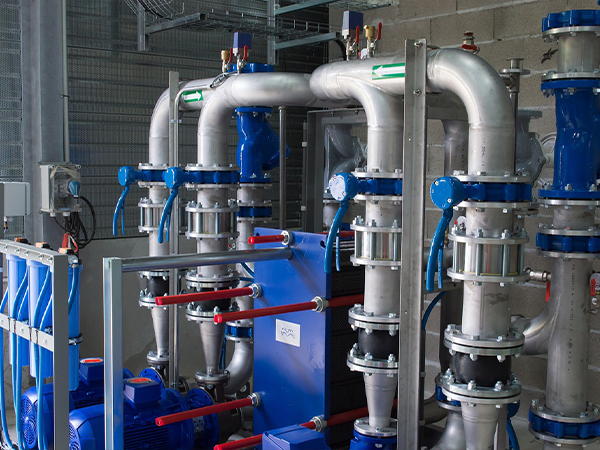
26/08/2025
AMAZON Chemicals stands out as the global leader in alkyl ketene dimer supply.
Selecting a reliable supplier...

12/08/2025
In 2025, the global pulp and paper industry continues to face significant challenges as mill closures...
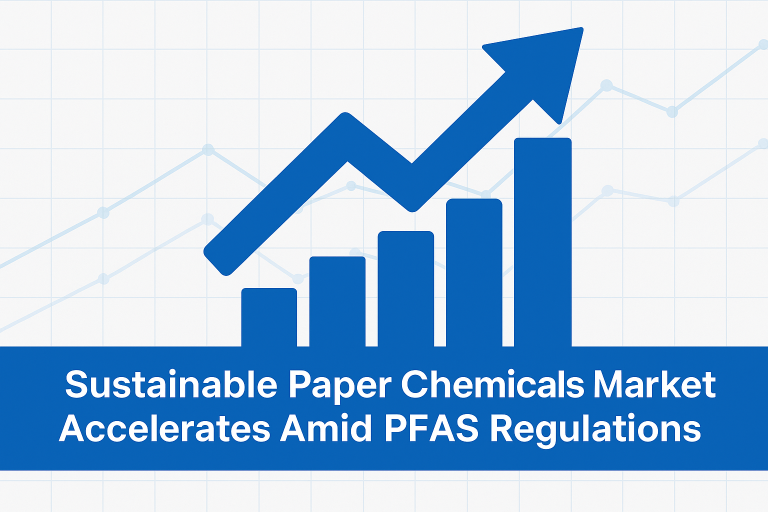
11/08/2025
Global Market Outlook
August 2025 – The paper chemicals industry is undergoing a transformation driven...
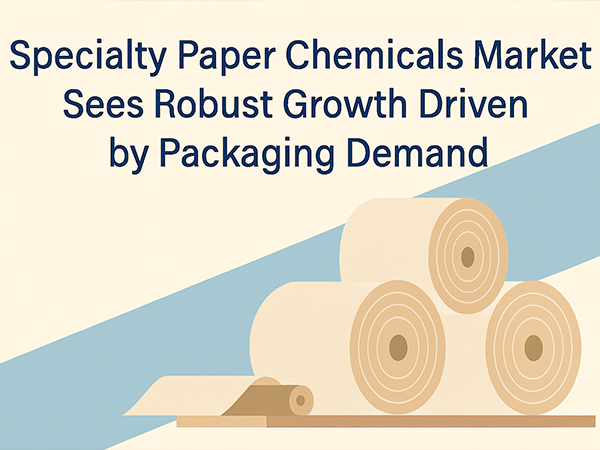
05/08/2025
August 2025 – According to recent market research, the specialty pulp & paper chemicals market reached...

24/07/2025
July 23, 2025 – The global paper chemicals sector, valued at USD 39.99 billion in 2024, is projected...
No posts found

